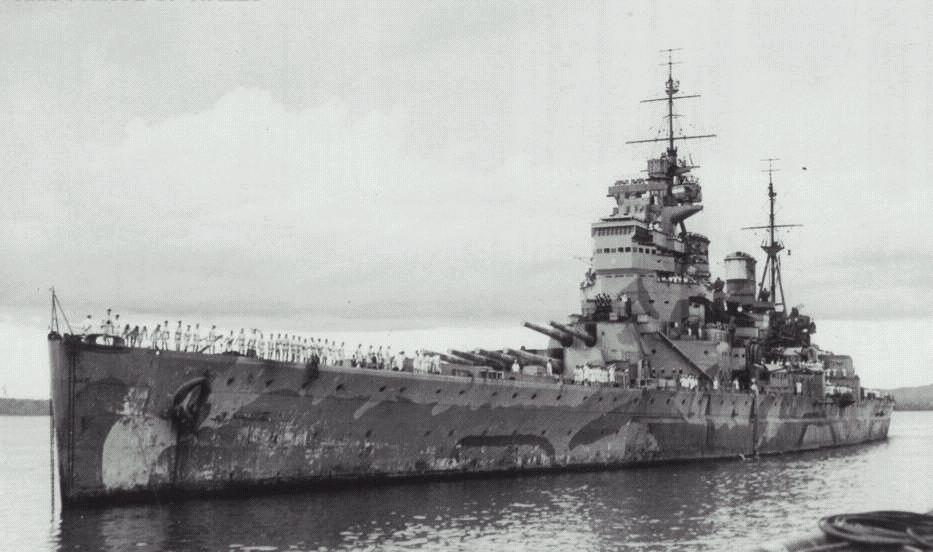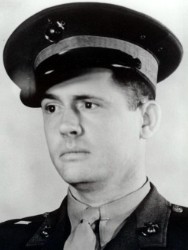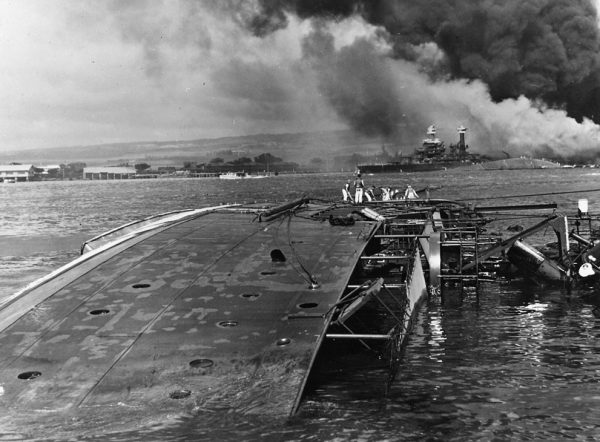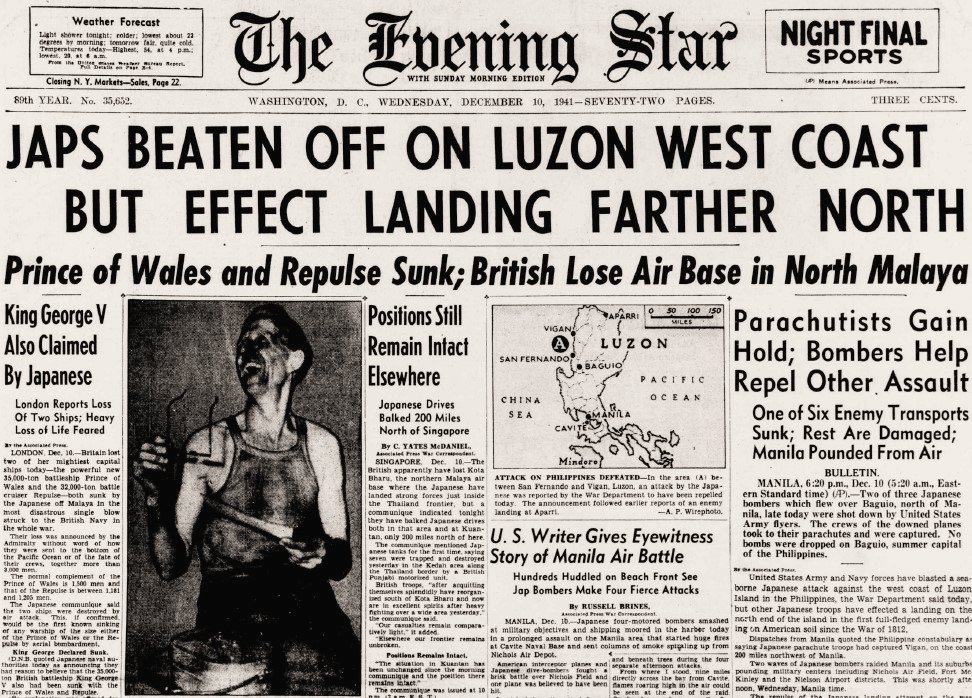World War II Chronicle: December 10, 1941
Click here for TODAY’S NEWSPAPER
East of British Malaya, Japanese land-based attack planes sink a British battleship and a battle cruiser assigned to the Royal Navy’s Eastern Fleet — the first-ever aerial victories against capital ships at sea. Aboard Prince of Wales, Adm. Sir Tom Phillips and Capt. John Leach go down with the ship, along with 325 other officers and men. 508 of HMS Repulse‘s crew perish.

The Japanese warplanes continue to hammer the Americans on the Philippines. From The Official Chronology of the U.S. Navy in World War II:
Cavite Navy Yard, P.I., is practically obliterated by Japanese land attack planes (Takao Kokutai 1 and 1st Kokutai 2). Destroyers Peary (DD-226) and Pillsbury (DD-227), submarines Seadragon (SS-194) and Sealion (SS-195), minesweeper Bittern (AM-36), and submarine tender Otus (AS-20), suffer varying degrees of damage from bombs or bomb fragments; ferry launch Santa Rita (YFB-681) is destroyed by direct hit. Submarine rescue vessel Pigeon (ASR-6) tows Seadragon out of the burning wharf area; minesweeper Whippoorwill (AM-35) recovers Peary, enabling both warships to be repaired and returned to service. Bittern is gutted by fires. Antiaircraft fire from U.S. guns is ineffective. During bombing of Manila Bay area, unarmed U.S. freighter Sagoland is damaged.
The Far East Air Force is striking back, targeting the Japanese invasion force off Luzon Island. The destroyer Murasame is damaged by strafing attacks that also set a transport on fire while a daring pilot in an obsolete Seversky P-36 sinks a minesweeper. B-17s contribute by sinking a second minesweeper while damaging the light cruisers Naka and Natori as well as another transport ship.
There is more to discuss on the Natori attack, but we will wait until that story reaches the newspaper.

American Naval and Marine aviators begin notching aerial victories: bowgunner Chief Boatswain Earl D. Payne of Patrol Squadron 101 (VP-101) shoots down one of the three Mitsubishi A6M2 “Zeros” attacking his PBY Catalina during the attack on Cavite. This marks the U.S. Navy’s first confirmed aerial kill of the war. And as the Chitose Kokutai 3 bombard Wake, Marine Fighter Squadron 211 (VMF-211) sorties to intercept the attackers. VMF-211’s executive officer, Capt. Henry T. Elrod, shoots down a Mitsubishi G3M2 Type 96 “Nell” land attack plane — the first aerial victory for the Marine Corps.
At 0600, aircrews of USS Enterprise‘s Scouting Squadron 6 (VS-6) spot the Japanese submarine I-70 180 miles northeast of Oahu. Ens. Perry L. Teaff pushes his Douglas SBD-2 Dauntless bomber into a dive, the 1,000-lb. bomb just barely missing the sub, but damaging the hull and preventing it from diving. Later in the day, another “Scouting Six” aviator, Lt (jg) Clarence E. Dickinson Jr. (who was just shot down and his gunner killed over Oahu three days ago), sends I-70 to the bottom.
And on Guam, Capt. George J. McMillin — the Naval Governor and a veteran of the Dominican Republic occupation, Veracruz campaign, and now two World Wars — surrenders the island once 7,000 Japanese troops hit the beaches and overwhelm its defenders.
At home, pitching sensation Bob Feller joins the Navy (see page 2)… George Fielding Eliot column on page 11… Sports section begins on page 20… Some believe there is evidence — or at least are suspicious of — possible German cooperation and participation in Japanese air strikes against the Philippines (see pages 33 and 42)

1: Takao Kokutai (Air Group Takao) flew the Mitsubishi G4M1 “Betty” land-based bomber
2: 1st Kokutai flew the Mitsubishi G3M2 “Nell” land-based bomber
3: Chitose Kokutai flew “Nells” in addition to Mitsubishi A5M4 “Claude” fighters
Evening star. (Washington, D.C.), 10 December 1941. Chronicling America: Historic American Newspapers. Lib. of Congress.
https://chroniclingamerica.loc.gov/lccn/sn83045462/1941-12-10/ed-1/
